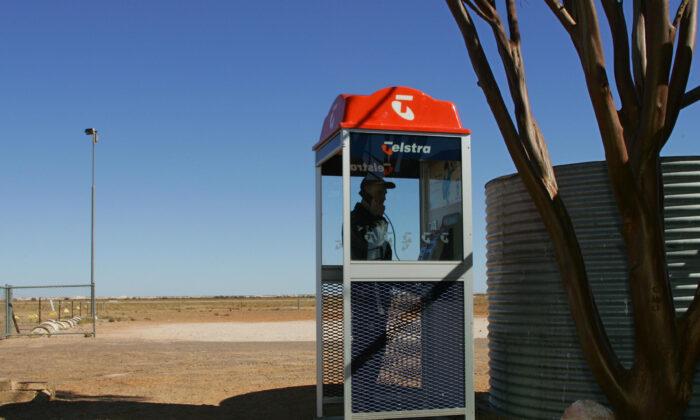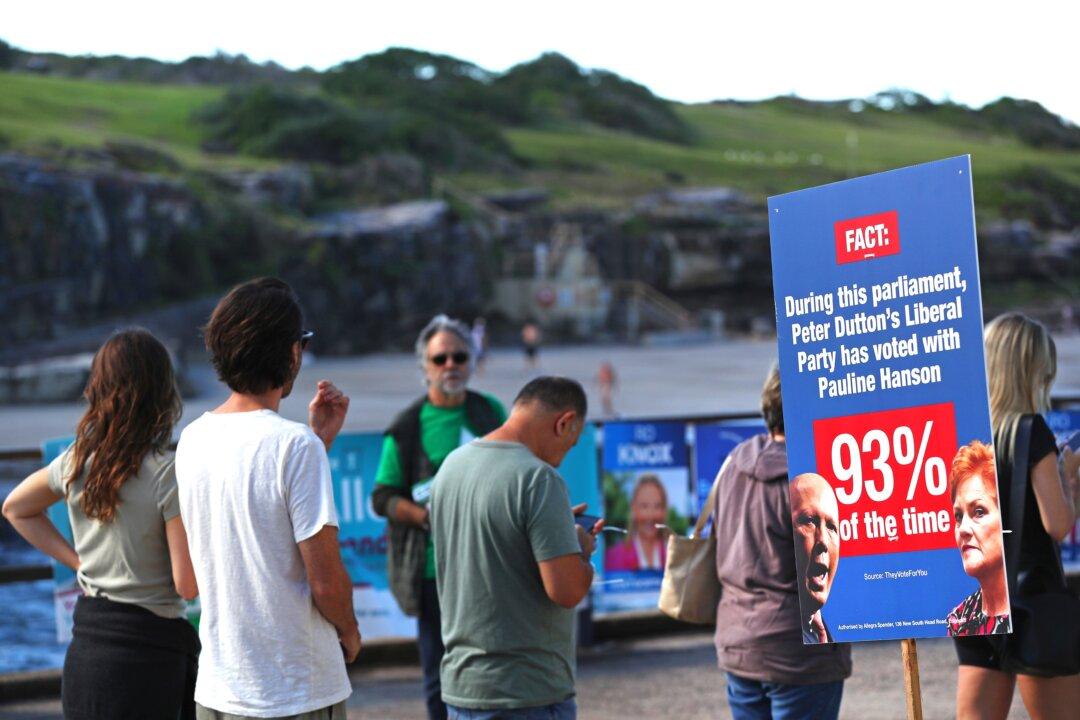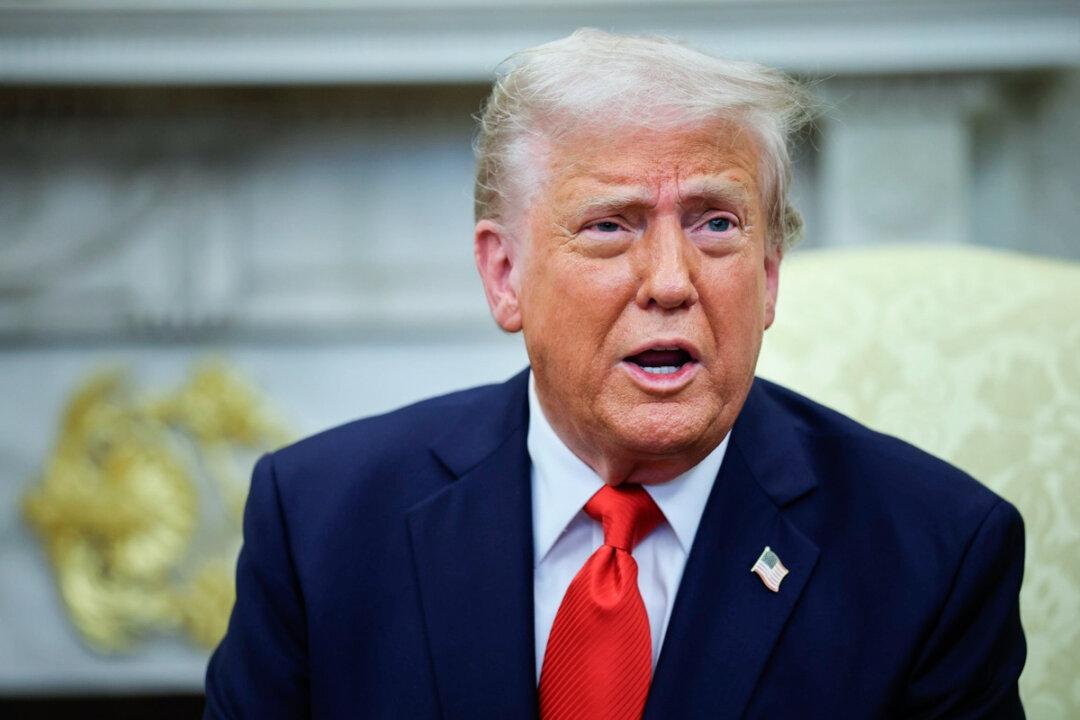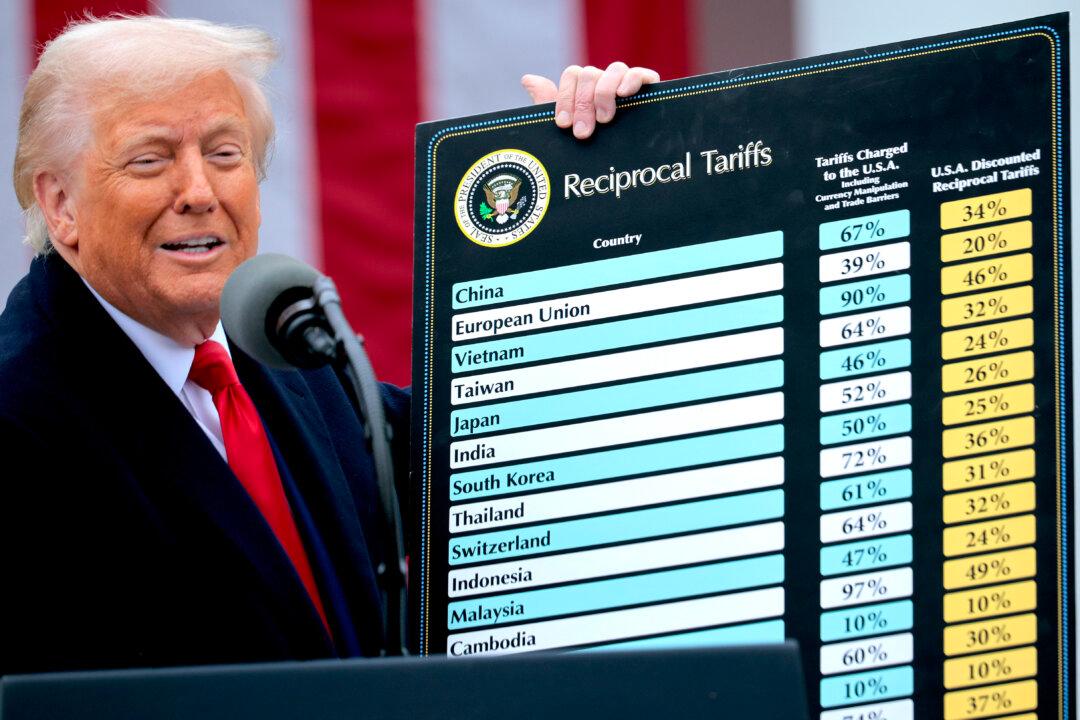Telecommunications giant Telstra has pledged to bring its overseas call centres back to Australia within the next 18 months.
A drop in customer call volume, and the prevalence of employees working from home, has allowed the country’s biggest telco to make the call.
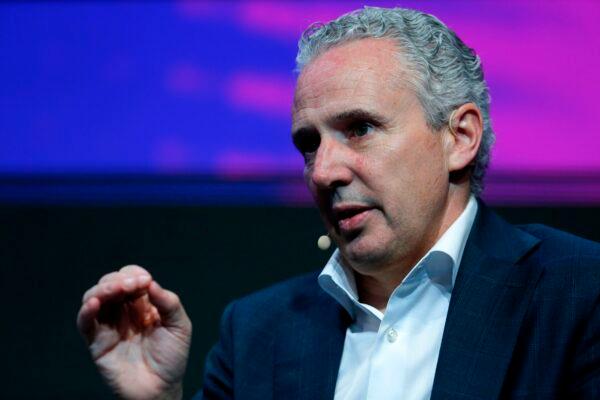
Customer call volume has dropped from 50 million in 2016 to 15 million in 2020.
Since the outbreak of COVID-19, Telstra has also adopted a “location agnostic” philosophy, allowing more workers to stay at home.
Around 80 percent of Telstra’s Australian workforce is based at home.
Penn said the workplace will “never return to normal” and pushed businesses and governments to rethink how they approach hiring and the office workplace.
“The bottom line is competition for talent is going to shift to the new era of remote and hybrid work because where an employee lives is no longer a limitation,” he said.
“That raises a whole raft of questions about infrastructure and important policy decisions for government,” he added.
“Questions about our CBDs, and whether they will now become more about where people come to be entertained, watch sport, eat, drink and socialise, where organisations convene their people to collaborate.”
The survey found 52 percent of businesses accelerated their shift to e-commerce sales during the pandemic, while 44 percent were able to make the change within three days of exploring the option.
“Australian businesses have faced unprecedented challenges amid COVID-19 but have shown fierce agility and resilience, with many able to migrate operations quickly and effectively to focus on digital opportunities,” Richard Wormald, Division President of Mastercard’s Australasia division said.
“Businesses have an incredible opportunity to improve the shopper experience online, and industry leaders have a part to play in helping business operators develop that expertise online, using digital payment technologies,” he added.
